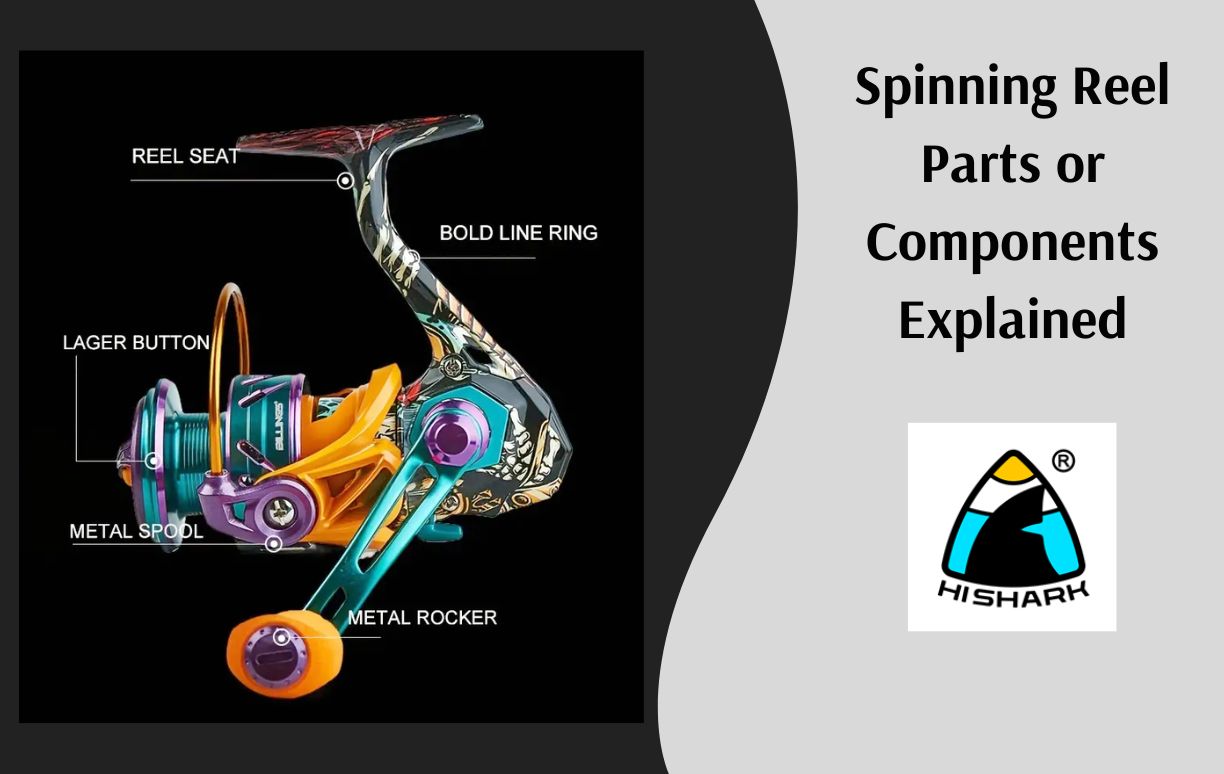How to Choose Baitcasting Reels: A Full Guide
How to Choose Baitcasting Reels: A Full Guide
August 27, 2024

How to Choose a Baitcasting Reel
Baitcasting reels are called baitcast or baitcaster reels.
Baitcasting reels are favored by many anglers for their precision and power, making them ideal for various fishing techniques. Selecting the right baitcaster reel can be a game-changer, enhancing your fishing experience and increasing your chances of success.
This full guide will walk you through the essential factors to consider when choosing a baitcast reel, ensuring you make an informed decision.
Understanding Baitcasting Reels
Baitcasting reels, also known as casting reels, are designed for precision and power, offering better control over lure placement and retrieval speed.
Unlike spinning reels, baitcast reels sit atop the rod and have a revolving spool that requires thumb control to manage the line. These reels are perfect for targeting larger fish species and using heavier baits.
Types of Baitcasting Reels
There are two primary types of baitcaster reels:
- Low-Profile Reels: These reels are compact, lightweight, and ergonomically designed for comfort. They are ideal for techniques requiring frequent casting and retrieving, such as bass fishing.
- Round Reels: Larger and more robust, round reels are better suited for heavy-duty applications, including targeting big game fish and trolling. They offer greater line capacity and durability.
Key Features to Consider
When choosing a baitcasting reel, consider the following key features to ensure it meets your fishing needs:
- Gear Ratio
- Braking System
- Spool Size and Line Capacity
- Material and Construction
- Handle and Grip
Gear Ratio and IPT
A baitcasting reel’s gear ratio affects how many times the spool rotates for each turn of the handle. Common gear ratios include:
- Low (5.1:1 to 5.4:1): Ideal for deep cranking, slow presentations, and targeting large, powerful fish.
- Medium (6.1:1 to 6.4:1): Versatile for various techniques, offering a balance between speed and power.
- High (7.1:1 and above): Best for fast retrieves, burning lures, and covering water quickly.
The Inches Per Turn (IPT) metric indicates how much line is retrieved with each handle turn. Higher IPT means faster line retrieval, which is crucial for techniques requiring quick action.
Braking Systems
Baitcasting reels feature braking systems to control spool speed and prevent backlash (line tangles). There are two main types:
- Magnetic Brakes: Easy to adjust, these brakes use magnets to slow the spool. They are less affected by external conditions and suitable for beginners.
- Centrifugal Brakes: These use friction to control the spool speed. They are more adjustable and offer precise control, ideal for experienced anglers.
Some reels combine both braking systems, providing maximum control and versatility.
Spool Size and Line Capacity
The spool size and line capacity of a baitcast reel determine how much line it can hold and the reel’s suitability for different fishing techniques.
Larger spools accommodate more line, essential for deep-sea fishing and targeting big game fish. For freshwater fishing and light tackle, a smaller spool is sufficient.
Material and Construction
The material and construction of a baitcasting reel affect its durability, weight, and performance. Common materials include:
- Aluminum: Strong and durable, aluminum reels are resistant to corrosion and ideal for heavy-duty use.
- Graphite: Lightweight and affordable, graphite reels are suitable for freshwater fishing but may not be as durable as aluminum.
- Carbon Composite: Combining strength and lightweight properties, carbon fiber spinning reels offer high performance and durability.
Handle and Grip
The handle and grip design impact the comfort and control of the reel. Look for reels with ergonomic handles and non-slip grips to ensure a secure hold, especially during long fishing sessions. Some handles feature oversized knobs for better leverage and control.
Maintenance and Care
Regular maintenance is crucial to keep your baitcaster reel in top condition. Follow these steps for proper care:
- Cleaning: Rinse the reel with fresh water after each use, especially in saltwater environments, to remove dirt and debris. Use a soft cloth to wipe down the exterior and dry thoroughly.
- Lubrication: Apply reel oil and grease to the moving parts, including the gears, bearings, and spool shaft. Follow the manufacturer’s guidelines for lubrication frequency and use products designed for fishing reels.
- Inspection: Regularly inspect the reel for signs of wear and damage. Check the drag system, handle, and braking components to ensure they function correctly. Replace worn-out parts promptly to prevent issues during fishing.
Summary
Choosing the right baitcasting reel involves understanding the key features and matching them to your specific fishing needs. By considering factors such as gear ratio, braking system, spool size, and material, you can select a reel that enhances your fishing performance and enjoyment.
Remember to maintain and care for your reel to ensure its longevity and reliability. With the right baitcasting reel, you’ll be well-equipped to tackle any fishing challenge and achieve greater success on the water.


















